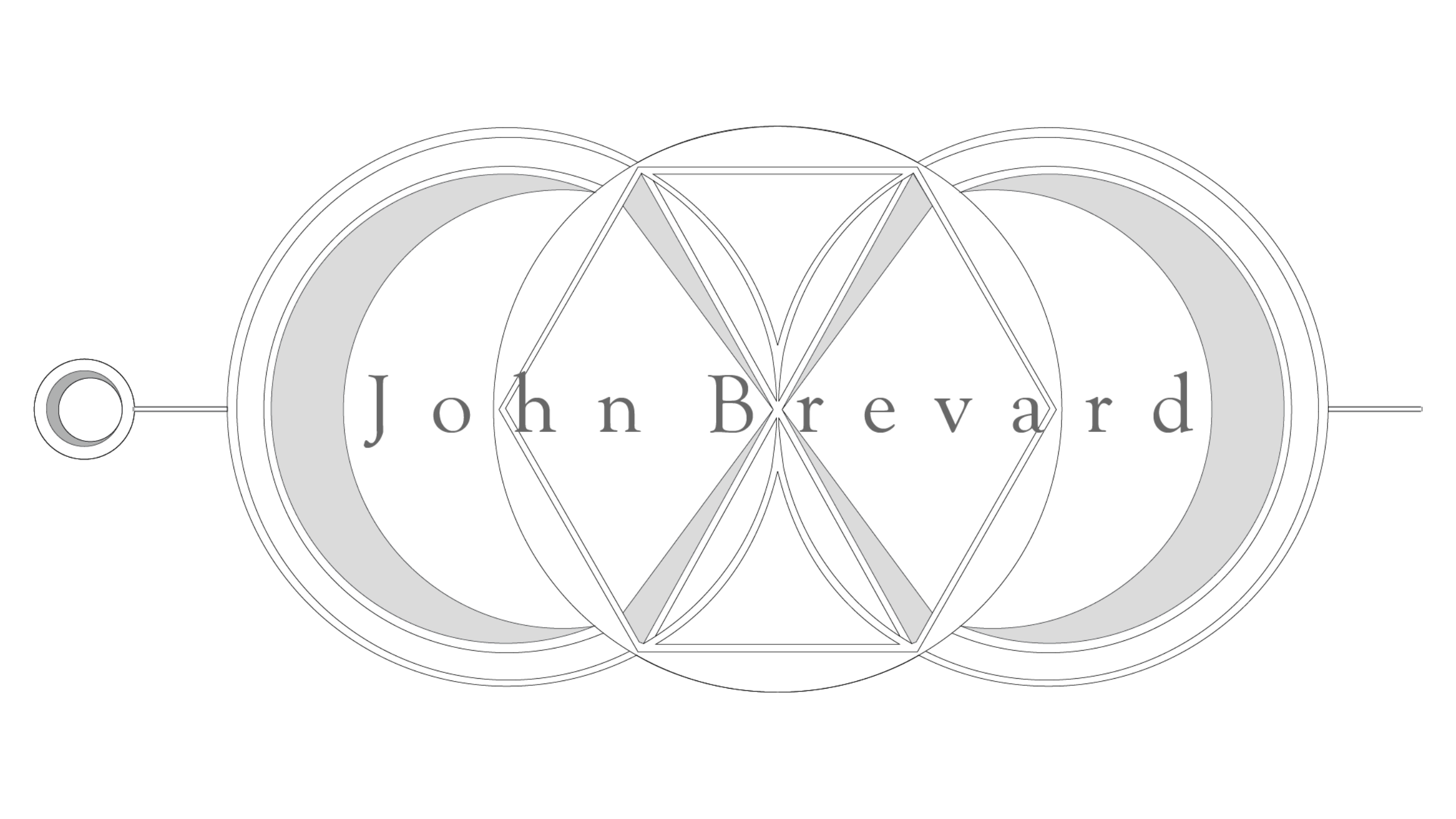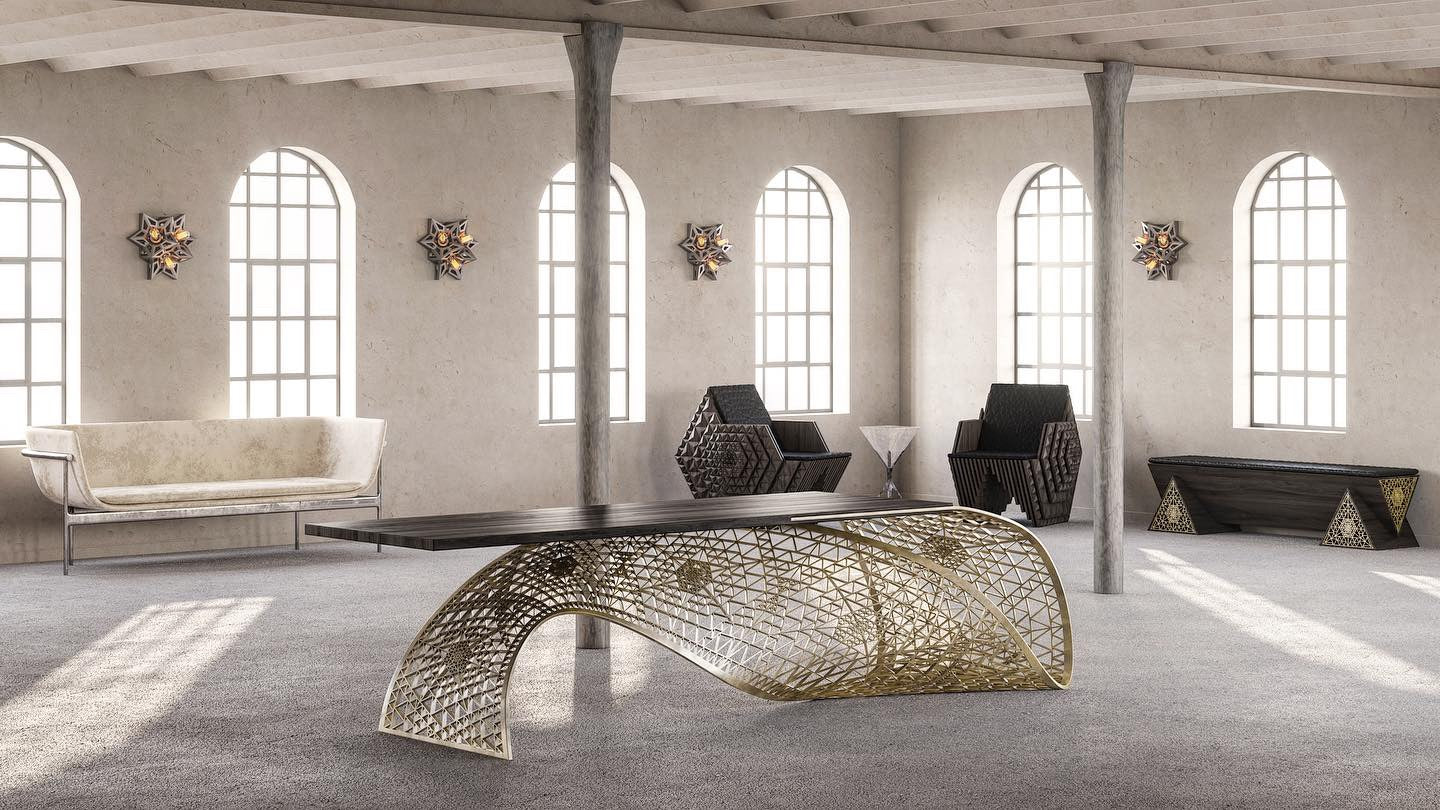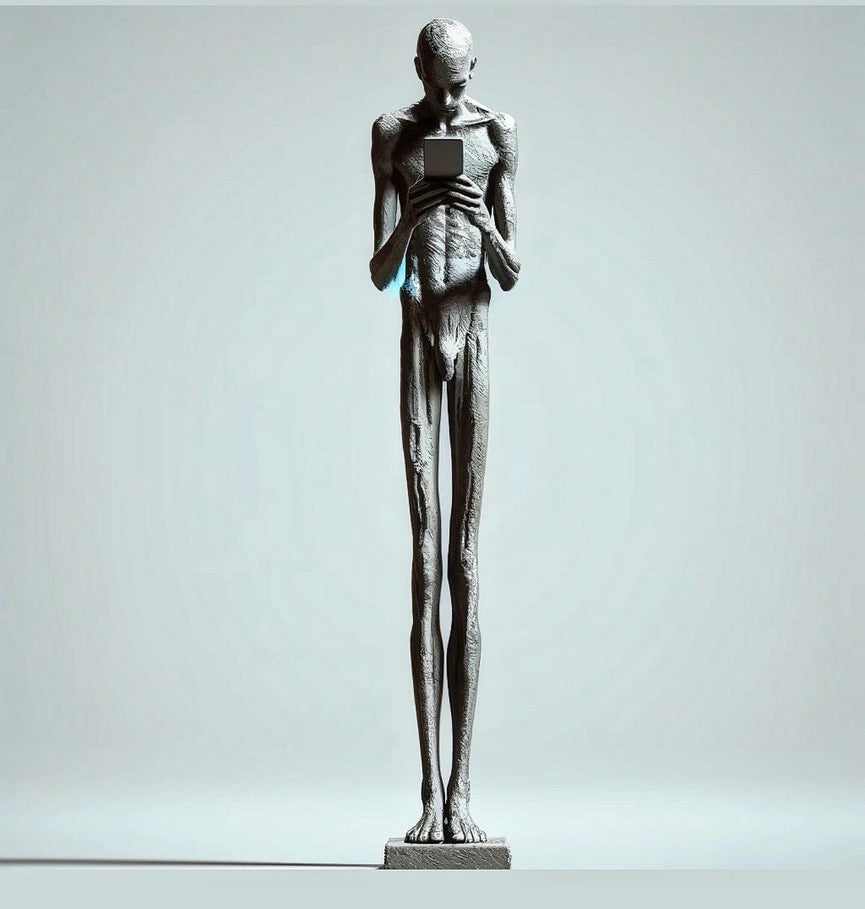
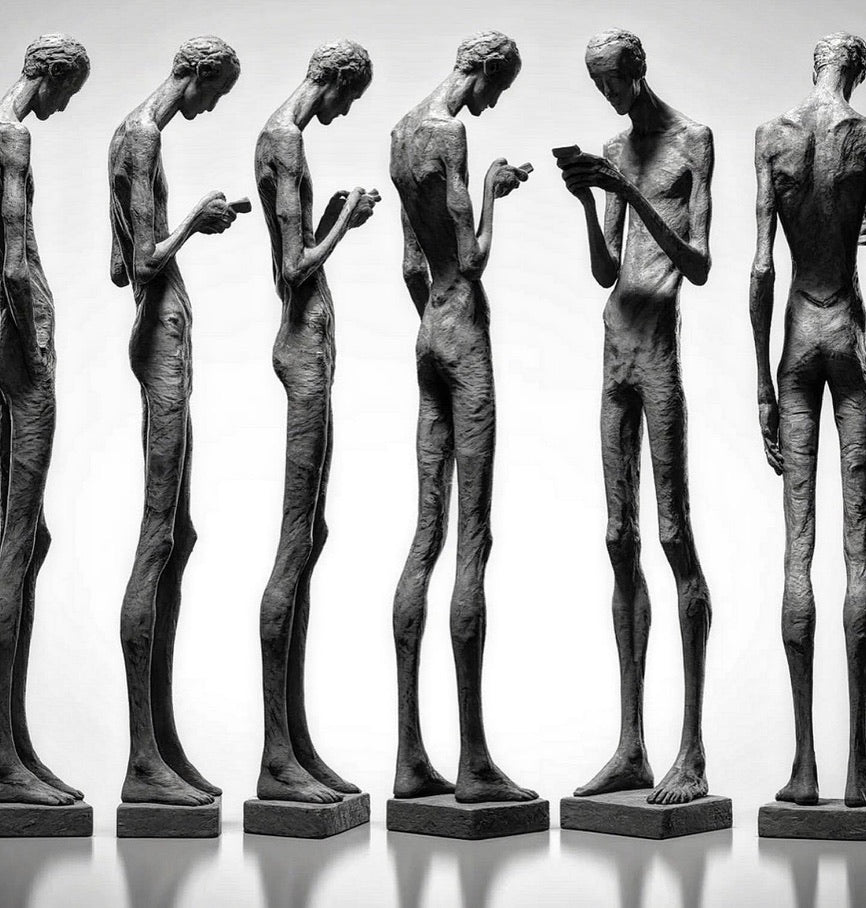
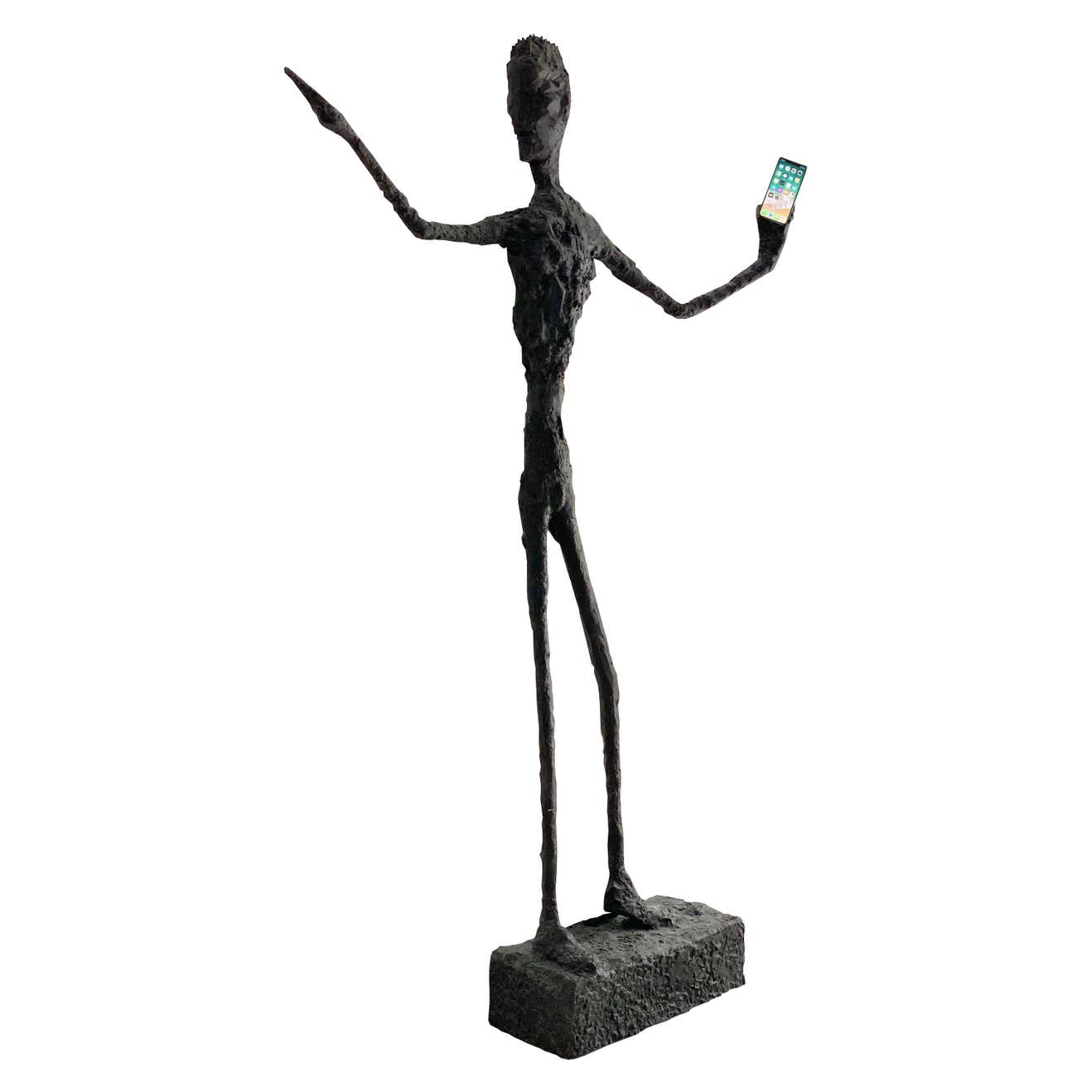
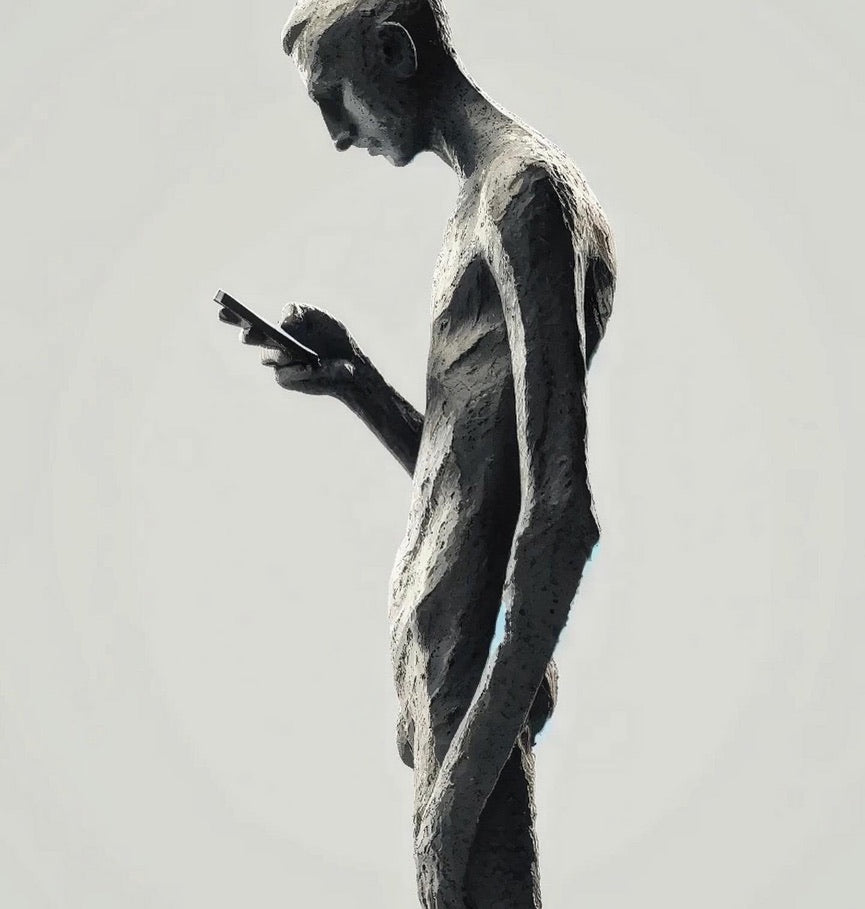
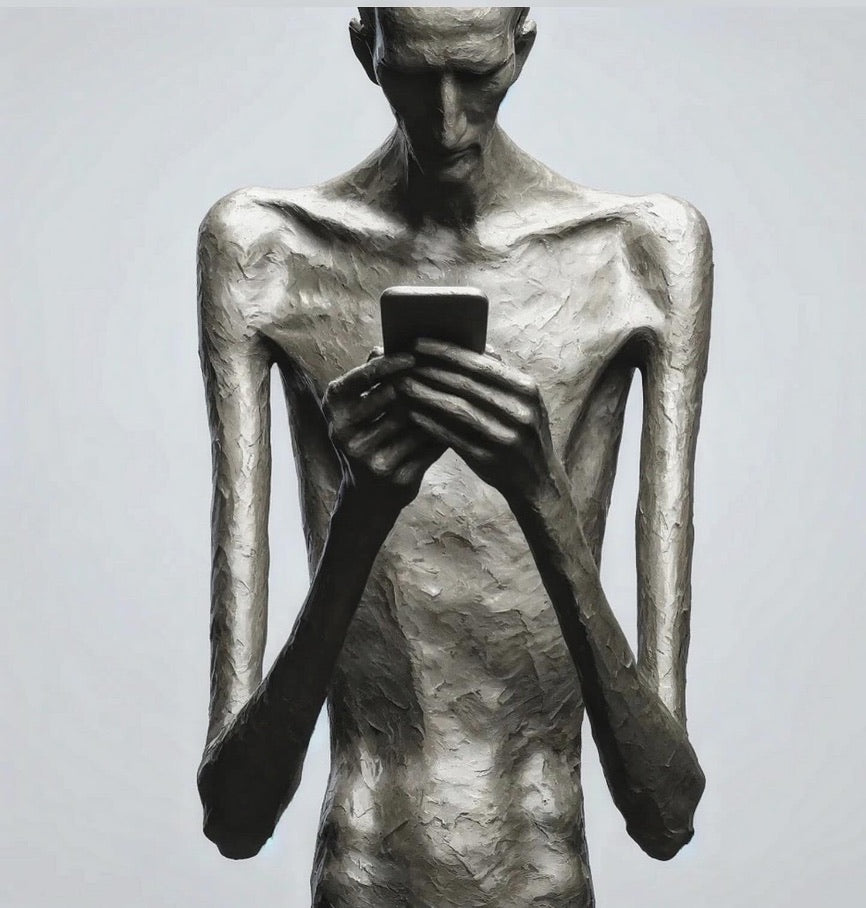
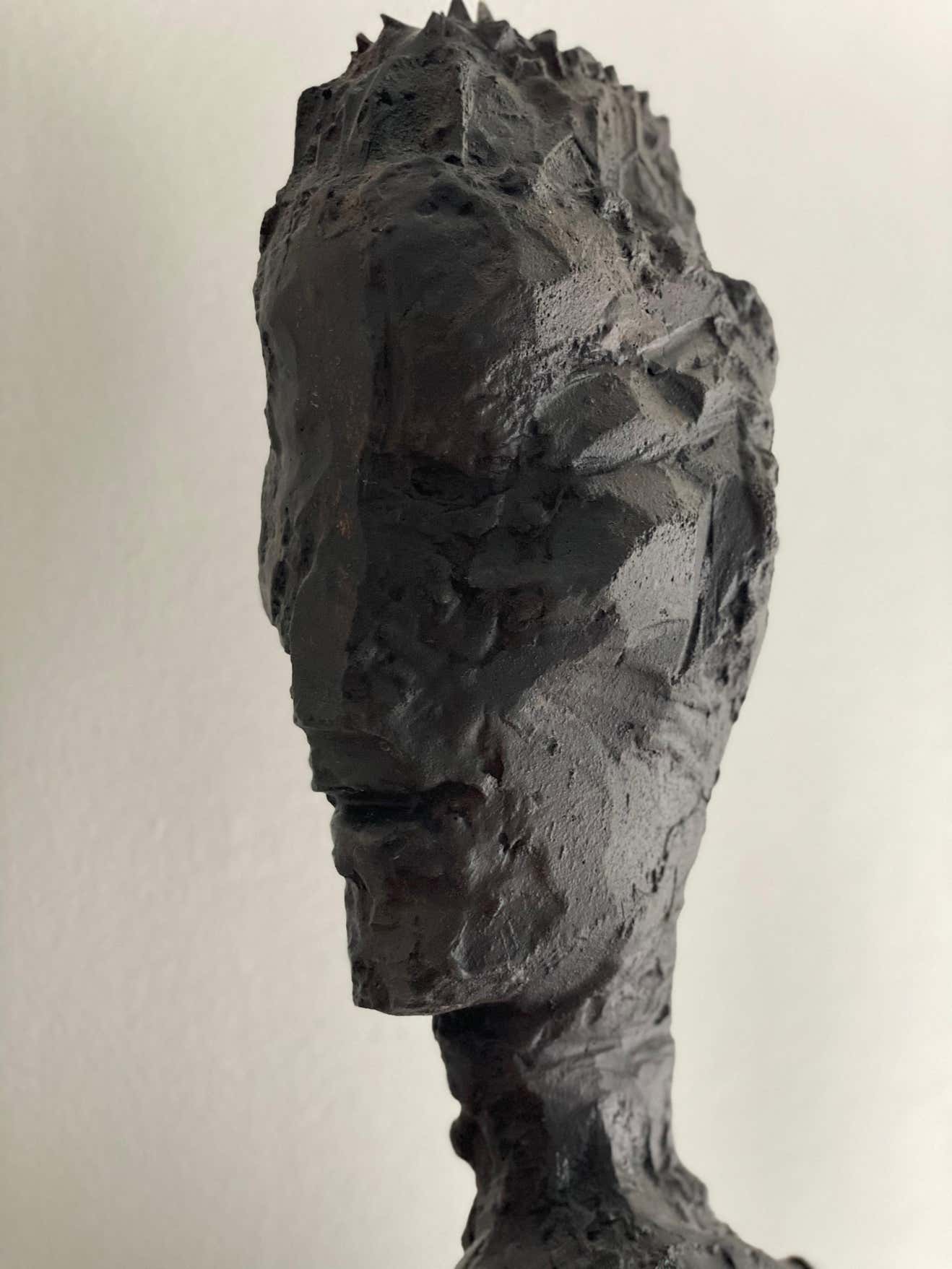
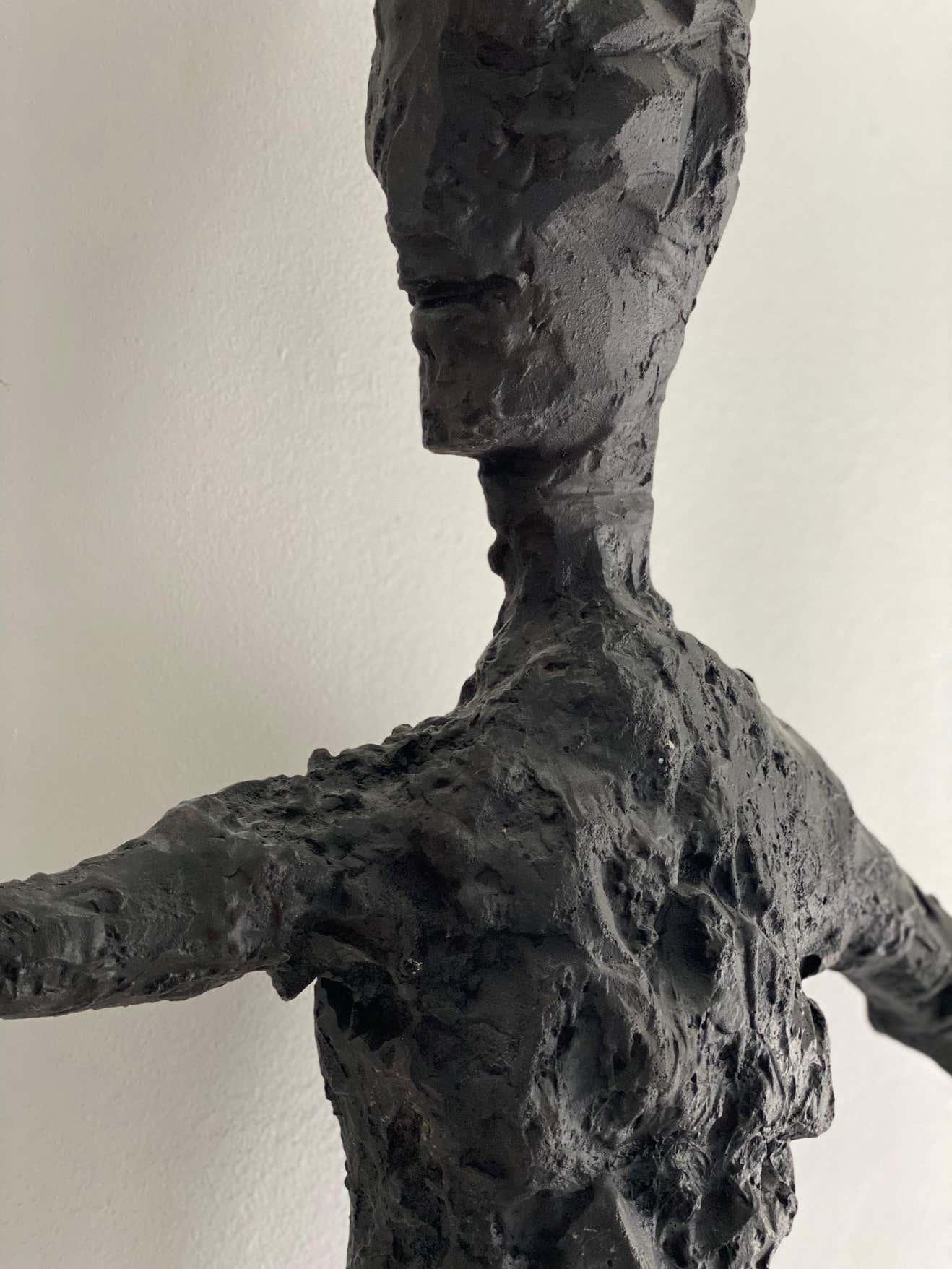

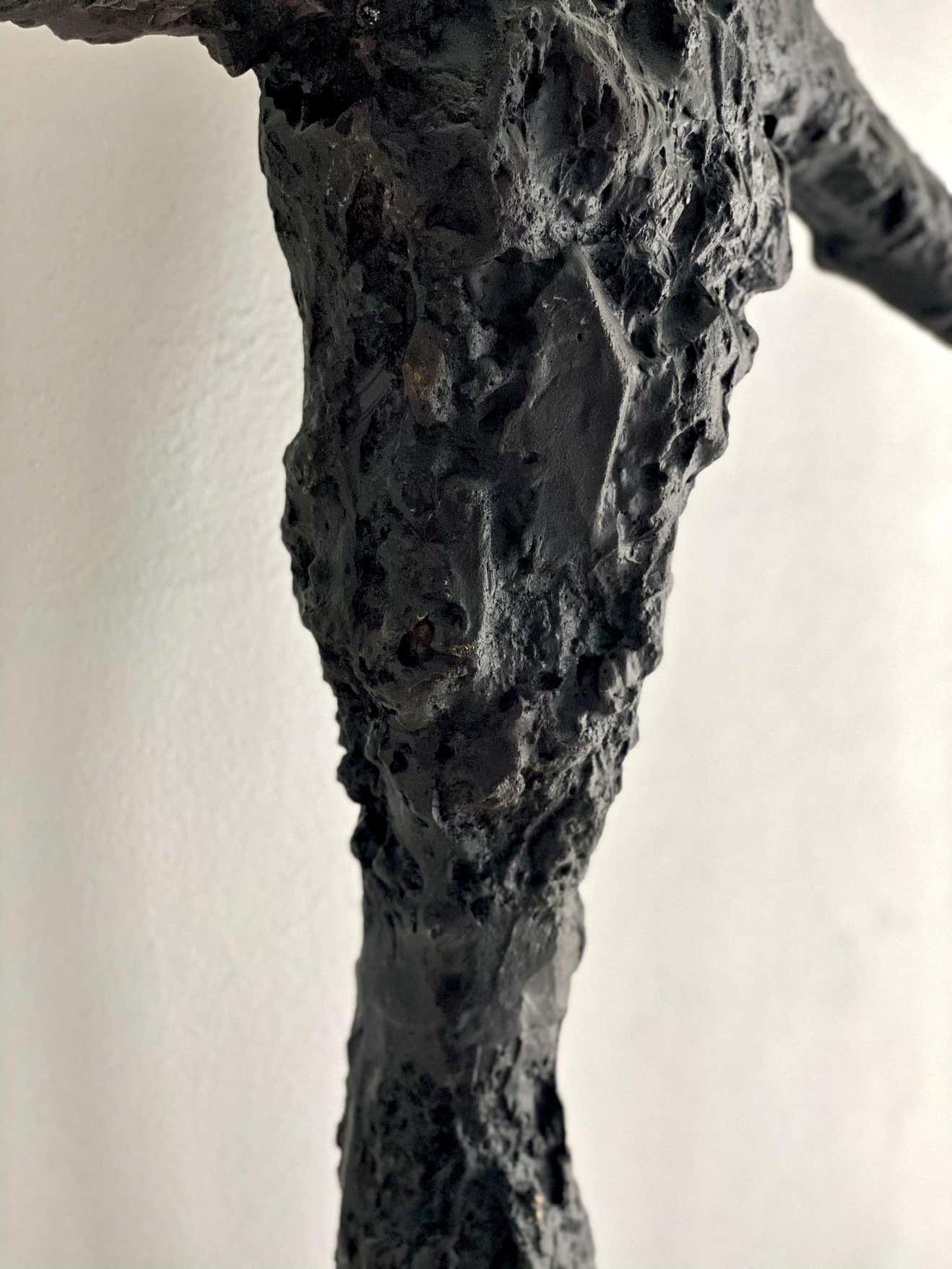


"Modern Man" Life-Size Bronze Sculpture
Modern Man
Life-Size Bronze Sculpture by John Brevard
Medium: Solid Cast Bronze
Dimensions: Life-size (Human Scale)
Edition: Unique / Limited Edition
Revealed in bronze, Modern Man by John Brevard pierces the veil of our digital era. This life-size sculpture captures a man not in prayer, but in pixelated reverence—his gaze fixed on a smartphone. It is both sanctuary and prison. A mirror held to us, reflecting our collective ritualistic devotion to screens that now shape our perceptions, our desires, and our reality.
The figure stands alone, still, enshrined in contemplation. The phone he holds becomes a symbol of forbidden fruit—offering not just knowledge, but control. The ritual of scrolling becomes a new liturgy; the screen, a sacred portal. This sculpture confronts the digital servitude of our age, challenging us to ask: are we the users, or the used?
Brevard’s work draws direct inspiration from Pointing Man (L’Homme au doigt), the 1947 bronze sculpture by Alberto Giacometti—one of the most iconic expressions of the 20th century. In 2015, it sold for $141.3 million, becoming the most expensive sculpture ever sold. While Giacometti’s figure points outward, Brevard’s turns inward—its antenna-like head and reversed posture alluding to self-surveillance, narcissism, and techno-spiritual transformation.
This sculpture reimagines a midcentury masterwork through a contemporary lens, rendering it in geometric precision with deeply philosophical intent. The figure’s stance and form speak to the virtualization, minimization, and digitalization of the modern mind. Its message is unflinching: technology has become our new religion, and the self, its altar.
Cultural & Historical Context:
-
Inspired by Giacometti’s Pointing Man, cast in 1947
-
Giacometti’s sculpture resides in MoMA, Tate Gallery, and other world-class collections
-
Brevard’s reinterpretation adds geometric complexity and modern symbolism
-
A commentary on digital narcissism, spiritual disconnection, and technological devotion
-
Crafted from bronze, a medium of permanence, echoing the eternal impact of this transformation
Key Details:
-
Cast in solid bronze
-
Life-size dimensions
-
Symbolic use of the smartphone as modern "forbidden fruit"
-
Reverse selfie posture as critique of self-obsession
-
Antenna-like head references hyperconnectivity
-
A powerful blend of art, philosophy, and cultural critique
A sculpture of our time.
A mirror to the soul.
A warning cast in metal.
Contact us to acquire or commission a custom variation.
info@johnbrevard.com
选择选项











